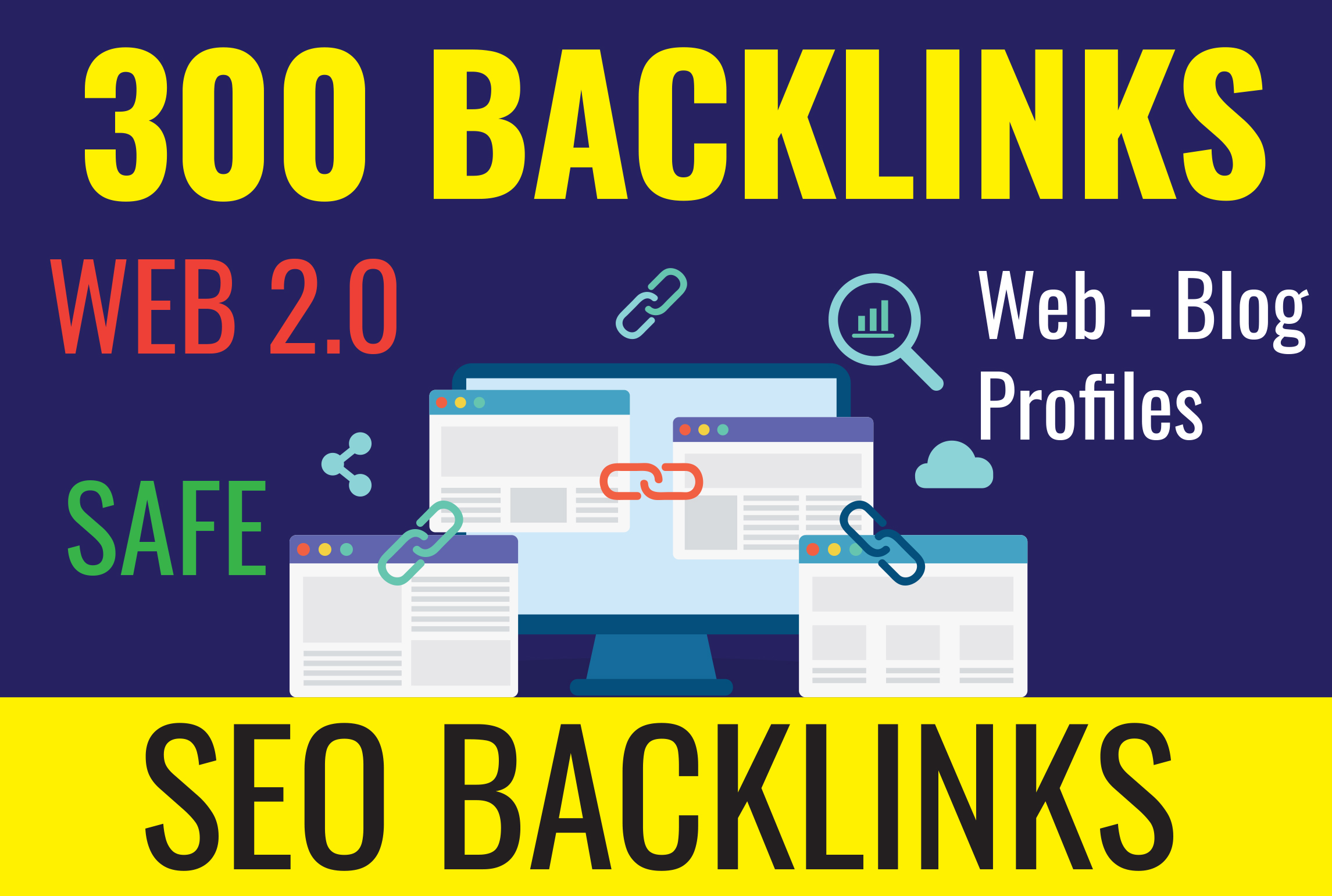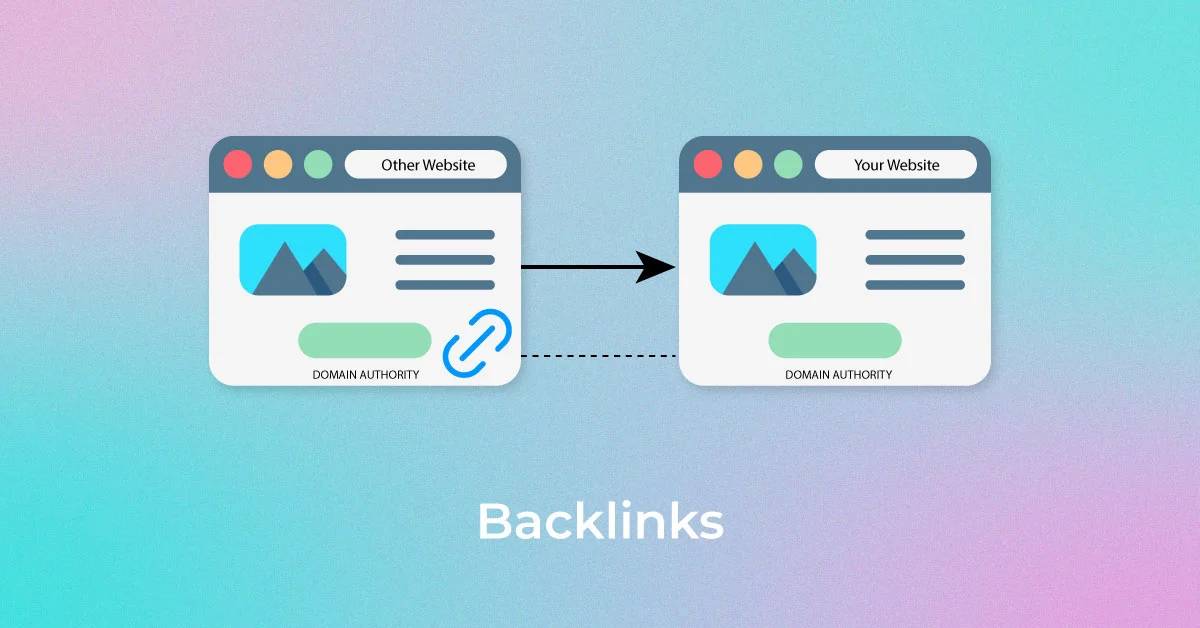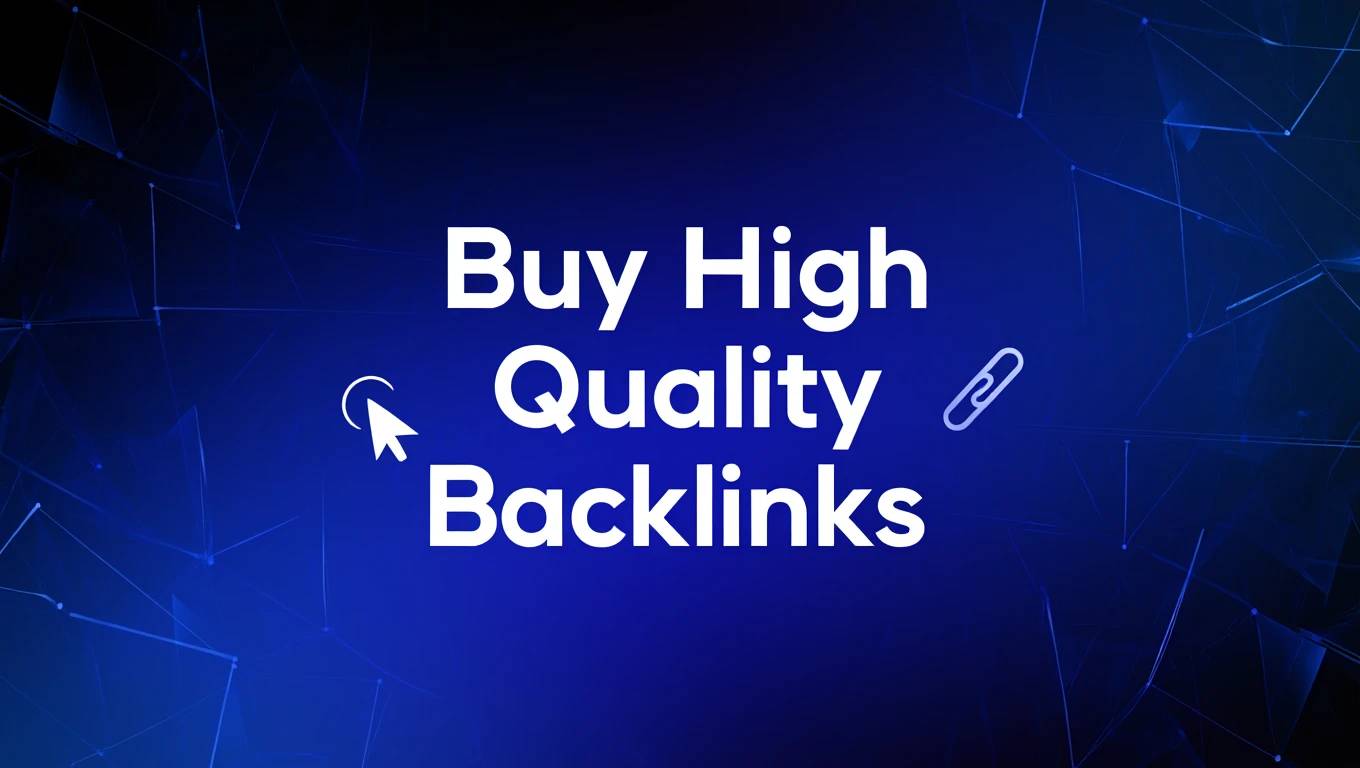In the ever-evolving world of digital marketing, web 2.0 backlinks have emerged as a robust tool for boosting search engine rankings. Unlike traditional backlinks, Web 2.0 backlinks originate from platforms that empower users to create and control content, such as blogs, portfolios, and mini-websites. They are particularly effective because they combine content ownership with high domain authority, providing a dual advantage for SEO strategies.
Web 2.0 platforms like WordPress, Wix, and Weebly dominate the landscape. These platforms not only offer user-friendly interfaces but also allow marketers to sculpt content strategically to attract backlinks naturally. By leveraging these platforms, businesses can amplify visibility, nurture credibility, and enhance organic traffic.
Why Web 2.0 Backlinks Matter
The core reason web 2.0 backlinks are indispensable in SEO campaigns is their ability to establish a strong network of quality links. Search engines perceive backlinks from trusted Web 2.0 properties as credible endorsements, which can substantially elevate domain authority. Moreover, unlike generic backlinks, Web 2.0 links are embedded in meaningful content, making them more contextually relevant.
These backlinks also allow marketers to diversify link profiles. By distributing content across multiple Web 2.0 sites, websites can reduce the risk of over-reliance on a single source while maximizing link variety. This strategic dispersion signals natural link-building patterns to search engines, improving long-term rankings.
Most Popular Web 2.0 Platforms
WordPress
WordPress reigns supreme among content creators for a reason. Its flexibility permits users to craft richly formatted blogs and pages, embedding backlinks that seamlessly integrate into the narrative. WordPress’s robust SEO plugins, like Yoast SEO, further enable marketers to optimize on-page content, improving the likelihood that web 2.0 backlinks will drive meaningful traffic.
Wix
Wix offers an intuitive drag-and-drop experience, perfect for marketers seeking efficiency without sacrificing customization. Users can quickly publish mini-sites, attach backlinks, and format content that appeals to both visitors and search engines. Its built-in analytics empower users to track engagement, giving insights into which backlinks perform best.
Weebly
Weebly thrives on simplicity, allowing users to create and host content-rich pages in minutes. Its seamless integration of multimedia elements makes it ideal for embedding web 2.0 backlinks in visually appealing formats. Marketers can experiment with various layouts, ensuring backlinks remain noticeable without appearing spammy.
Crafting Effective Web 2.0 Backlinks
Creating high-performing web 2.0 backlinks involves more than merely placing a link. Successful strategies include:
- Contextual Integration: Insert backlinks naturally within engaging content rather than as standalone links.
- Content Quality: Produce informative, original, and relevant posts that appeal to readers and search engines alike.
- Diversification: Use multiple Web 2.0 platforms to build a network of varied backlinks.
- Consistent Updates: Refresh and expand existing content to maintain link authority over time.
By following these methods, marketers can cultivate a network of backlinks that not only improves SEO but also enhances user experience.
Conclusion
Web 2.0 backlinks are a powerful asset for any digital marketer striving to climb search engine rankings. Platforms like WordPress, Wix, and Weebly provide the tools and flexibility needed to craft compelling content that naturally attracts links. When executed thoughtfully, these backlinks can amplify domain authority, diversify link profiles, and ultimately drive sustained organic traffic. Incorporating Web 2.0 strategies into your SEO plan ensures a dynamic, adaptable, and authoritative online presence.
Frequently Asked Questions (FAQ)
Q1: What are Web 2.0 backlinks?
Web 2.0 backlinks are links created on platforms that allow users to generate and manage content, such as WordPress, Wix, and Weebly. They enhance SEO combining content ownership with link credibility.
Q2: Are Web 2.0 backlinks effective for SEO?
Yes. When created with high-quality content and proper context, Web 2.0 backlinks can significantly boost search engine rankings and improve domain authority.
Q3: Which Web 2.0 platforms are most commonly used?
The most widely used platforms include WordPress, Wix, and Weebly due to their ease of use, customization options, and strong SEO support.
Q4: How do I make Web 2.0 backlinks appear natural?
Integrate links contextually within original content, diversify across multiple platforms, and regularly update posts to maintain relevance.
Q5: Can Web 2.0 backlinks drive traffic to my website?
Absolutely. When embedded in engaging content, these backlinks not only improve SEO but also attract visitors directly from the hosting platform.














Leave a Reply